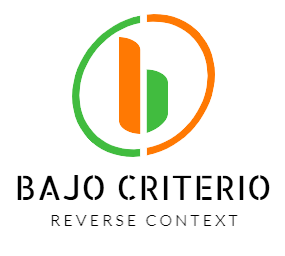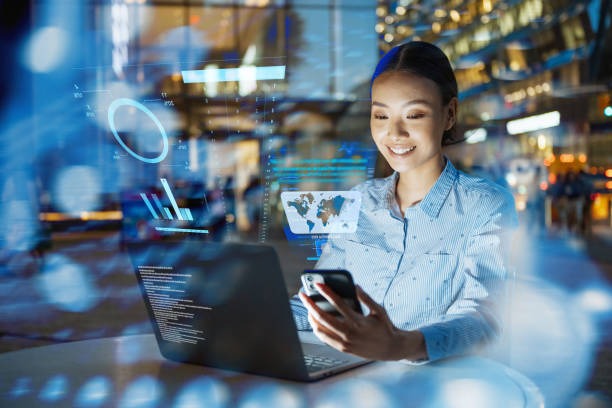When Art Thinks for Itself The Rise of Autonomous Visuals
In recent years, the art world has witnessed a profound transformation with the emergence of autonomous visuals—artworks created by artificial intelligence (AI) that seem to think and evolve independently. This phenomenon is reshaping our understanding of creativity, authorship, and the role of technology in artistic expression.
Autonomous visuals are a product of advanced machine learning algorithms capable of analyzing vast datasets and generating unique visual outputs. Unlike traditional digital art tools that require human input for every detail, these AI systems can produce artworks based on learned patterns and styles from existing masterpieces. The result is an intriguing fusion where machines not only mimic but also innovate within the realm of visual arts.
One could argue that this technological evolution democratizes creativity, allowing individuals without formal artistic training to engage with art-making processes. By simply inputting parameters or themes into an Image generation AI program, users can generate complex artworks that might have taken years to create manually. This accessibility challenges traditional notions of artistry, inviting more people into creative dialogues previously dominated by trained artists.
However, this rise in autonomous visuals raises critical questions about authorship and originality. If an AI creates a painting inspired by Van Gogh’s style but introduces novel elements not present in any existing work, who should be credited as the artist? Is it the programmer who designed the algorithm or perhaps society at large for providing cultural data? These questions provoke debates about intellectual property rights in an era where machines contribute significantly to creative processes.
Moreover, there is concern over whether AI-generated art lacks emotional depth due to its mechanical origins. Critics argue that true artistry stems from human experiences and emotions—a domain where machines inherently fall short. Yet proponents counter that emotion can still be expressed through algorithmic interpretations; after all, humans often find meaning even in abstract forms devoid of explicit sentimentality.
The interaction between human artists and AI also opens new collaborative possibilities akin to partnerships rather than mere tool usage. Artists increasingly view these technologies as co-creators—partners capable of suggesting unexpected paths or perspectives they might never have considered alone. Such collaboration enriches both parties: humans gain fresh insights while AIs learn from nuanced feedback beyond raw data inputs.
As we stand on this cusp between tradition and innovation within visual arts’ landscape shaped by autonomy-seeking algorithms—the future promises exciting developments yet unforeseen today! While ethical dilemmas abound alongside philosophical inquiries regarding identity & intention behind each creation—we continue witnessing how boundaries blur amidst evolving definitions surrounding what constitutes genuine ‘art’ when crafted autonomously via thinking machines themselves!

